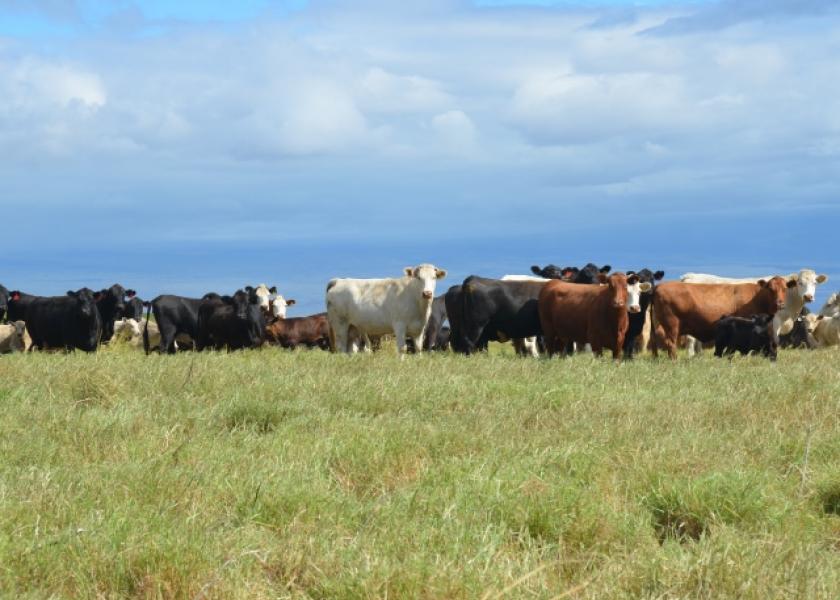Invest in Genetics to Maximize Your Profit Potential

Mark Z. Johnson is an Oklahoma State University Extension Beef Cattle Breeding Specialist.
Breeding season is just around the corner and it’s time to consider your investment in genetics to maximize the profit potential of the calves that will be born next year. With more genetic information and technology available than ever before, we address the process of determining what traits are economically important in your operation. As covered last week, there are three primary goals of any breeding season:
- Get cows settled as early in the breeding season as possible.
- Get cows bred to bulls with highest possible genetic values.
- Achieve both as economically as possible by getting cows bred to fewest possible bulls
This week, we look closer at number 2. This topic should be analyzed from your own unique perspective based characteristics of your operation such as:
- How and when do you intend to market your calf crop? (at weaning, as yearlings, as fed cattle, as bred heifers or open replacement females)
- To what type females will you be mating the bull? (heifers, cows, size of cows)
- Will you be selecting herd replacements from the resulting heifers?
- What is your production environment?
- What is your economic situation regarding production inputs and marketing endpoints?
- What level of Management can you provide?
Most beef breed Sire Summaries currently include Expected Progeny Differences (EPDs) for over 20 traits. These include multiple genetic predictors of calving ease, several traits that would be considered as maternal performance, growth at different ages, feed intake and feed efficiency. In addition, several traits indicating carcass merit such as marbling, ribeye size, external fat thickness and carcass weight. Various Bio-economic indexes are also reported. A Bio-economic index is a genetic value derived from assigning an economic weighting to several EPDs based on their anticipated value at a specific marketing endpoint. An example would be a Terminal Sire Index (TSI), which is the result of assigning a dollar value to units of post-weaning growth EPDs as well as the EPDs that indicate Quality Grades, Yield Grades and Carcass Weight.
At some point through the segmented chain of beef production many (if not all) of these traits are economically important. Yet, depending on the unique characteristics of your operation, only a few of these traits are economically relevant to you. For example, the TSI mentioned above would be a useless selection tool for an operation that sells all their calves at weaning since it is based on genetic values for traits that occur post-weaning. Another example would be ignoring EPDs predicting maternal performance if you don’t intend to retain heifers as herd replacements and plan to market your entire calf crop as finished cattle. Bottom line: consider your own unique operation and marketing plan for calves when deciding how to invest your bull buying dollar. Purchase bulls offering strong genetic values for the traits that will pay off for your operation!







